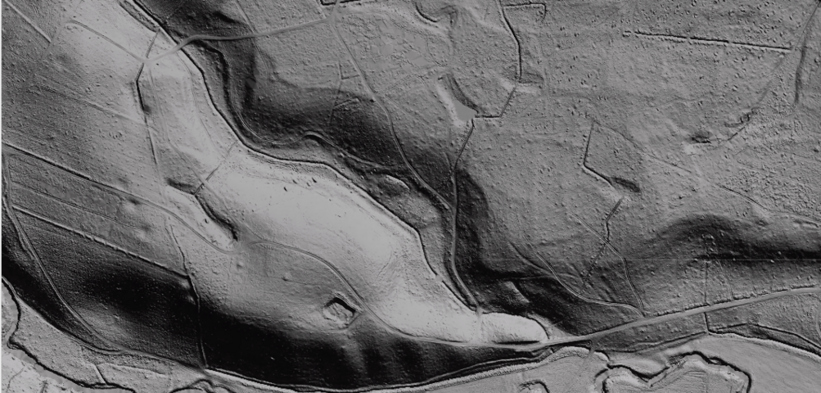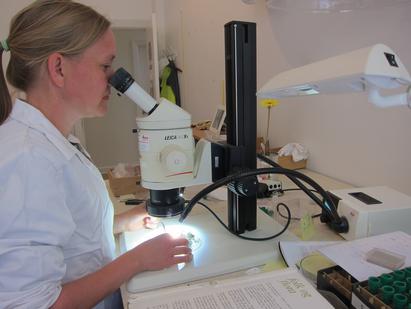Resilience and Breakpoints
- exploring linkages between societal, agricultural and climatic changes in Iron Age Denmark

Introduction
The multi-disciplinary project Resilience and Breakpoints will explore potential linkages between changes in society, agriculture and climate in Iron Age Denmark (500 BC to AD 800) by generating datasets of archaeological and palaeoecological variables with high temporal resolution. The project aims to map human and natural systems and to understand the interaction between them, i.e. linking changes in settlement patterns and technology with changes in agricultural strategy and climate, within the theoretical framework of resilience thinking.
Society
The archaeological investigations will use a meta-scale and GIS-based analysis on evaluating landscape structures and settlement patterns in combination with a context-based micro approach in which detailed analysis of singular structures will be carried out. Thus, the archaeological research will contribute to the assessment of the overall organizational development of Iron Age agricultural society, where selected sites and their regional environment are characterised on their own terms. Such an approach can describe the long-term regional trends and topographical changes as well as of a given settlement and allow for a site-specific evaluation of resilience potential and for an estimation of what kind of changes (adaptation, transformation, robustness) could have driven the variation registered at a given location or region.
Agriculture

One aim of the project is to reconstruct Iron Age farming practices. This includes the use and processing of crops, field tillage and manuring practices, and will be reconstructed from the presence of charred or waterlogged plant remains found in archaeological deposits across Denmark.
Our dataset of plant remains recorded from sites covering the Bronze, Iron and Viking Age is used to explore patterns of variation in the use of crops and other taxa both chronologically and geographically. The accompanying field weeds are potentially useful in reconstructing field conditions, while analysis of stable isotopes (δ15N and δ13C) from cereal grains may be able to throw new light on manuring practices and the intensity of farming.
Climate

It has only recently become possible to reconstruct changes in sunlight and precipitation at a sufficient level of detail to allow a reliable assessment of climatic effects on Iron Age agriculture. A new analytical method using the isotopic fractionation of δ13C and δ13C in the cellulose of individual tree rings now makes this possible. Studies applying the method on modern material show that the fractionation of δ13C correlates with the number of sunshine/overcast hours and that of δ18O correlates with precipitation/water availability. Via tree ring isotope analysis of oxygen and carbon, Resilience and Breakpoints aims to reconstruct the annual cloud cover and precipitation of the Iron Age. The climatic data generated from the isotopic analysis will be combined with existing palaeoecological data and together these will provide a robust reconstruction of the climatic fluctuations impacting the terrestrial ecosystems in the Danish region during the Iron Age.
Contact
PRINCIPAL INVESTIGATOR
Mads Dengsø Jessen, Senior Researcher, Ph.D.
Ancient Cultures of Denmark and the Mediterranean
Mail: mds@natmus.dk
Phone: +45 41206168
Funding
The project is funded by the INDEPENDENT RESEARCH FUND DENMARK with a grant from the Culture and Communication/Project2 Program of 4.7 mio. DKK. The project was launched in 2018 and will run until March 2023.
Independent Research Fund Denmark funds specific research activities within all scientific areas that are based on the researchers' own initiatives and that improve the quality and internationalisation of Danish research.

